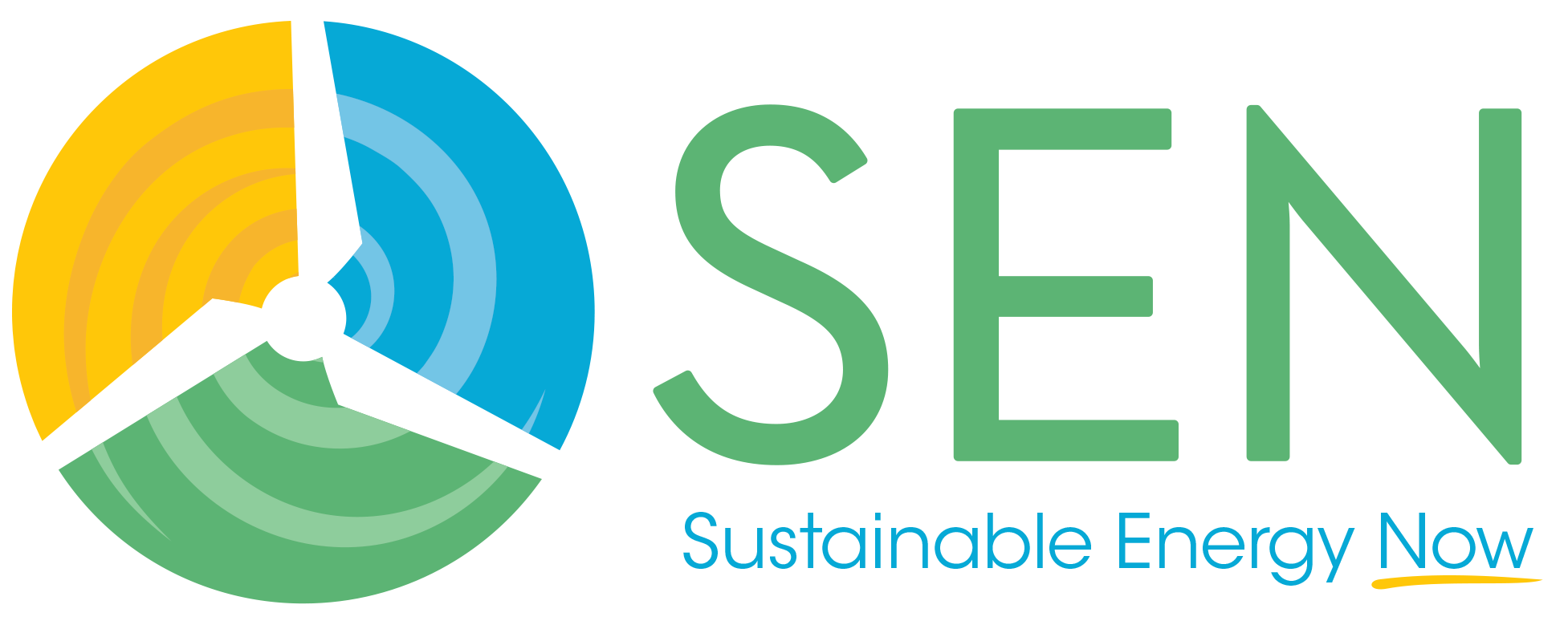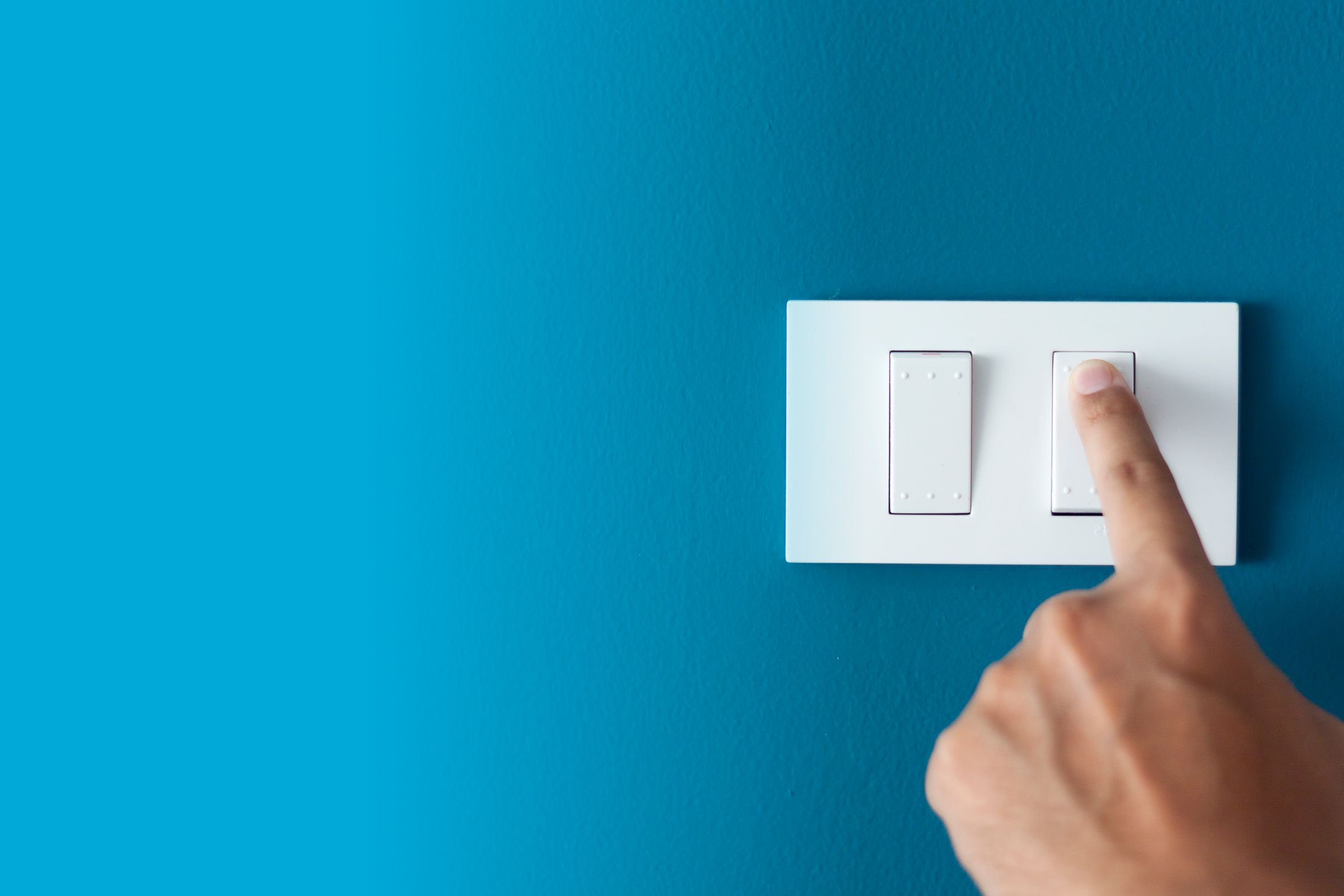SEN’s independent simulation and modelling demonstrates that Western Australia’s South West Interconnected System (SWIS) can operate at 90%+ renewables. The South Australian system has recently demonstrated 100% renewables operation.
Our modelling and associated presentations clearly illustrates the relationship between minimising Levelised Cost of Electricity (LCoE) and maximising the percentage of renewables in the energy mix. Whilst 100% is a worthy medium term goal, it is more important to get to the interim targets up to 90% as quickly as possible.
A larger capacity, stronger, more reliable and affordable electricity grid, powered by renewable energy, allows other sectors like transport and industry to decarbonise via electrification. Such a grid requires vision, political will and timely, well directed investment.
WHAT’S IN THE ENERGY MIX?
Our modelling includes the current energy types on the SWIS and considers these in forward projections towards the vision of 100% renewables in measured progressive steps whilst providing safe, clean, reliable and affordable energy for all West Australians, now and in the future. Our modelling carefully considers the balance between the various renewable energy sources and the need for, size and cost of firming capacity. The energy selections used in the modelling do not rule out the smaller but valuable contribution that other developing renewable energy sources could play (e.g. bio-fuels, bio-mass, concentrated solar thermal, wave energy etc).
SEN is technology neutral. Based on international and national experience and trends, we see the bulk of the SWIS’s renewable energy coming from:
✓ Roof top solar
✓ Solar farms
✓ Onshore wind
✓ Offshore wind
✓ Batteries
✓ Long duration energy storage including hydrogen




